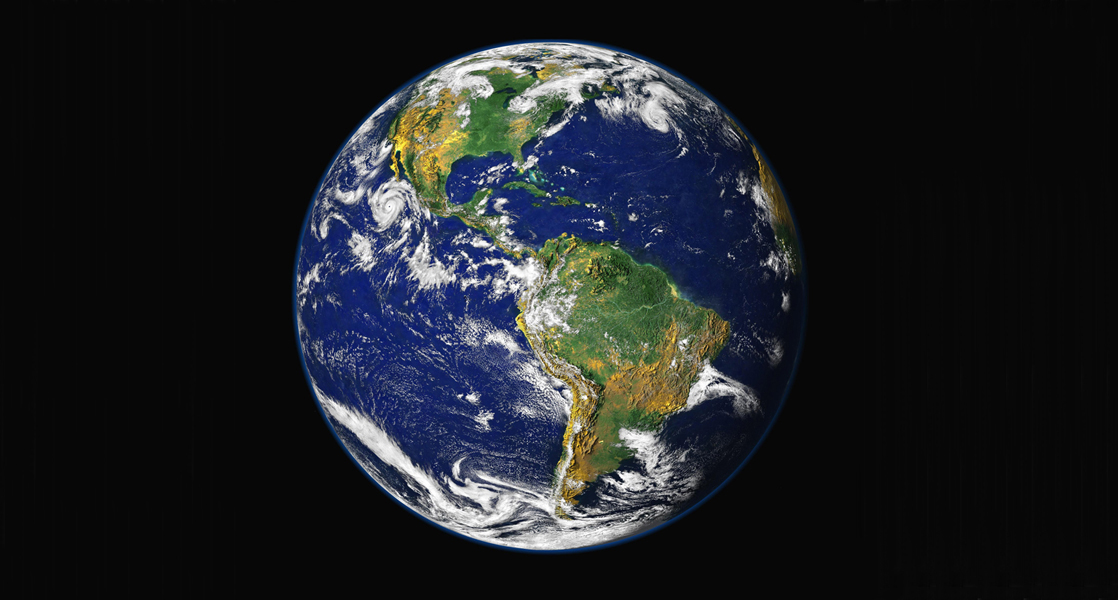
|

1.1 The study of life Read Online

Viewed from space, Earth offers no clues about the diversity of life forms that reside there. The first forms of life on Earth are thought to have been microorganisms that existed for billions of years in the ocean before plants and animals appeared. The mammals, birds, and flowers so familiar to us are all relatively recent, originating 130 to 200 million years ago. Humans have inhabited this planet for only the last 2.5 million years, and only in the last 200,000 years have humans started looking like we do today.
Chapter 20: Phylogenies and the History of Life MCQ Multiple Choices Questions Quiz Test Bank
20.1 Organizing Life on Earth
20.2 Determining Evolutionary Relationships
20.3 Perspectives on the Phylogenetic Tree
Question: On a phylogenetic tree, which term refers to lineages that diverged from the same place?
Choices:
sister taxa
basal taxa
rooted taxa
dichotomous taxa
Question: Which statement about the taxonomic classification system is correct?
Choices:
There are more domains than kingdoms.
Kingdoms are the top category of classification.
Classes are divisions of orders.
Subspecies are the most specific category of classification.
Question: Particles that transfer genetic material from one species to another, especially in marine prokaryotes:
Choices:
horizontal gene transfer
lateral gene transfer
genome fusion device
gene transfer agents
Question: What is true about organisms that are a part of the same clade?
Choices:
They all share the same basic characteristics.
They evolved from a shared ancestor.
They usually fall into the same classification taxa.
They have identical phylogenies.
Question: What does the trunk of the classic phylogenetic tree represent?
Choices:
single common ancestor
pool of ancestral organisms
new species
old species
Question: Which statement about analogies is correct?
Choices:
They occur only as errors.
They are synonymous with homologous traits.
They are derived by similar environmental constraints.
They are a form of mutation.
Question: What do scientists use to apply cladistics?
Choices:
homologous traits
homoplasies
analogous traits
monophyletic groups
Question: The transfer of genes by a mechanism not involving asexual reproduction is called:
Choices:
meiosis
web of life
horizontal gene transfer
gene fusion
Question: What is used to determine phylogeny?
Choices:
mutations
DNA
evolutionary history
organisms on earth
Question: What do scientists in the field of systematics accomplish?
Choices:
discover new fossil sites
organize and classify organisms
name new species
communicate among field biologists
Question: Why do scientists apply the concept of maximum parsimony?
Choices:
to decipher accurate phylogenies
to eliminate analogous traits
to identify mutations in DNA codes
to locate homoplasies